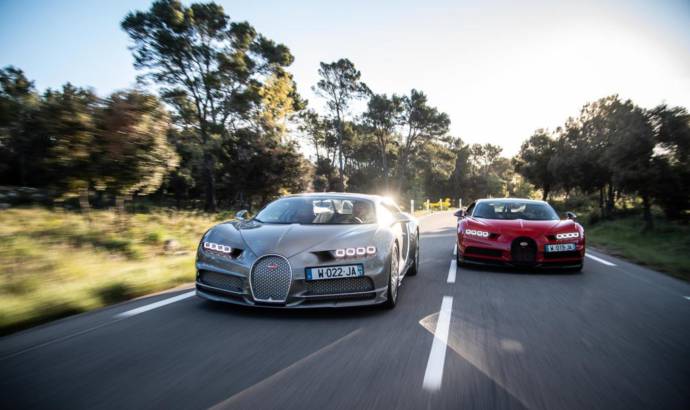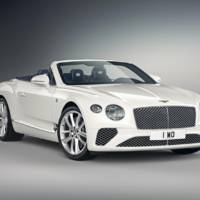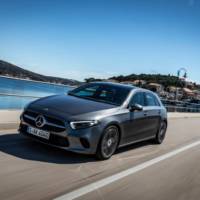If you buy a Bugatti Chiron you should know how to drive it. Not on the street, but especially on the race track. To help its clients to better understand its car, Bugatti decided to use the Paul Ricard circuit for its Chiron and Chiron Sport hypercars.
Pierre-Henri Raphanel steers a Bugatti Chiron Sport over the legendary Paul Ricard racetrack near Les Castellet in southern France with extreme precision and sensitivity. The 57-year-old Frenchman has been working as a test driver for Bugatti for years. Now he has fulfilled a very special mission.
Together with Bugatti enthusiasts and former racing driver and Le Mans winner Andy Wallace, he shows how the hyper sports cars Chiron1 and Chiron Sport push the boundaries of physics on the race track. "Where better to test a hyper sports car extensively and safely than on a racetrack? Even novices quickly feel at home here," says Pierre-Henri Raphanel. But not only that: Together with Andy Wallace, he ensures that the first ride in a Bugatti model is absolutely safe and that the passengers feel comfortable.
Pierre-Henri Raphanel knows Bugatti models well. Even at top speed. In 2010 he set a world speed record for road vehicles with 431.072 km/h in a Bugatti Veyron. He will not break the track record on the Circuit Paul Ricard though. "But that’s not the point. Even though we go very fast on the straight bits, accelerating round corners is much more interesting. With the Chiron models it’s easy to wave around the curves".
Formula 1 races took place on the Circuit Le Castellet 14 times between 1971 and 1990 – and since 2018, the cars have been gearing up on the starting line here again. Formula 1 racers will host the French Grand Prix on 23 June.
Situated 40 kilometres outside Marseille, the circuit is considered to be the forerunner of the modern GP circuit. Of the total of 15 curves, nine are left and six right. The starting line is followed by a 590-metre-long straight – ideal for feeling the enormous acceleration force of a Chiron. From 0 to 100 km/h it takes 2.4 seconds, to 200 km/h only 6.1 seconds. This is followed by a small S-curve, a short straight line, a right-left combination and a double-right curve.



